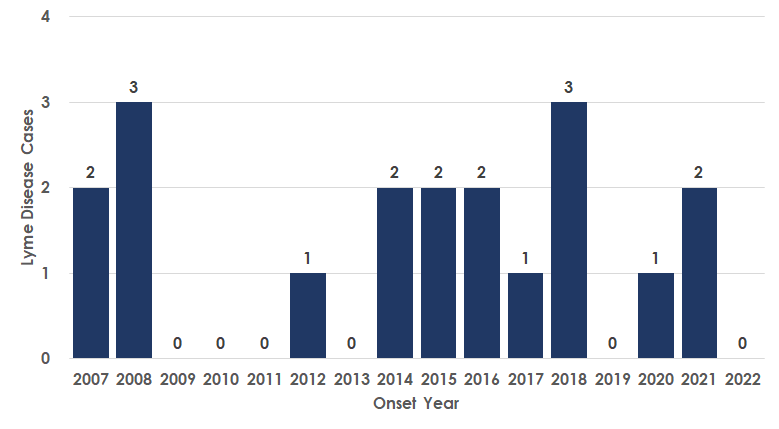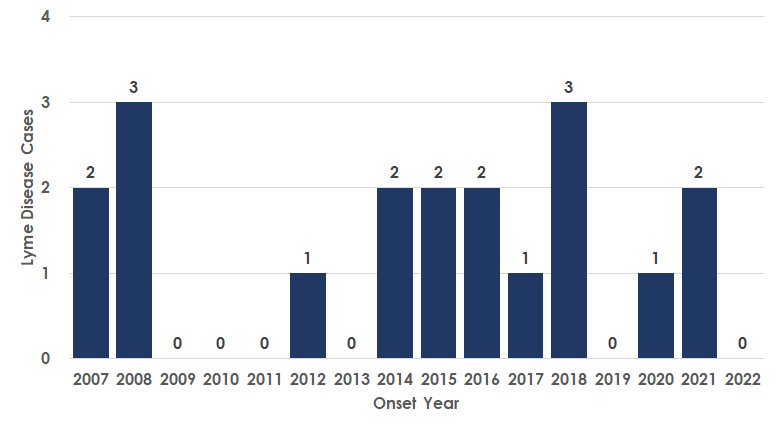- About CDC
- Diseases & Conditions
- Programs & Campaigns
-
Data & Statistics
- Taiwan National Infectious Disease Statistics System
- Statistics of HIV/AIDS
- Disease Surveillance Express
- Influenza Express
- National Notifiable Disease Surveillance Report
- Weekly Report of Enterovirus Infection
- Taiwan Healthcare-associated infection and Antimicrobial resistance Surveillance System
- Taiwan CDC Open Data Portal
- International Cooperation
-
About CDC
- Diseases & Conditions
-
Programs & Campaigns
-
Data & Statistics
- Taiwan National Infectious Disease Statistics System
- Statistics of HIV/AIDS
- Disease Surveillance Express
- Influenza Express
-
National Notifiable Disease Surveillance Report
National Notifiable Disease Surveillance Report
-
Weekly Report of Enterovirus Infection
Weekly Report of Enterovirus Infection
- Weekly Report 2025
- Weekly Report 2024
- Weekly Report 2023
- Weekly Report 2022
- Weekly Report 2021
- Weekly Report 2020
- Weekly Report 2019
- Weekly Report 2018
- Weekly Report 2017
- Weekly Report 2016
- Weekly Report 2015
- Weekly Report 2014
- Weekly Report 2013
- Weekly Report 2012
- Weekly Report 2011
- Weekly Report 2010
- Weekly Report 2009
- Weekly Report 2008
- Taiwan Healthcare-associated infection and Antimicrobial resistance Surveillance System
- Taiwan CDC Open Data Portal
- International Cooperation
- News
- Privacy Policy
- Security Policy
- Government Website Open Information Announcement
- Copyright Notice on Health Educational Materials
Background
Lyme disease, or borreliosis, is caused by the bacterium Borrelia burgdorferi and is transmitted to humans through the bite of an infected tick. It is the most common tickborne infectious disease in the United States. Thus far since 2007 in Taiwan, all of Lyme disease cases have been confirmed are imported cases. No deaths associated with Lyme disease have been reported.
Early signs after tick bite include cold–like symptoms such as headache, fever, swollen lymph nodes, sore throat, and neck stiffness. Most cases of Lyme disease can be treated successfully with a few weeks of antibiotics. The complications involving the heart and nervous system can occur without appropriate treatment.

Figure: Imported Lyme Disease cases in Taiwan, 2007-2022.
Lyme Disease Surveillance in Taiwan
- Taiwan National Infectious Disease Statistics System–Lyme Disease
- Self–reporting through the toll–free 1922 hotline or local public health authority.
Prevention and Control
- Case identification and public education.
- Prevention measures to be taken when visiting affected areas or outdoor to ward off infection.
(1) Wearing protective clothing such as long–sleeve shirts, pants, gloves and boots, tucking pants into socks.
(2) Insect repellents can be applied to the skin and clothing to prevent tick bites.
(3) Change clothes and taking a shower immediately after a visit to the bush area to reduce the risk of infection. - If a tick is found attached to the skin, please promptly remove the tick using fine–tipped tweezers with caution to prevent causing the mouth–parts to break off and remaining in the skin, and clean the bite site using soap and water to lower the risk of infection.
FAQs
- How is the Lyme disease transmitted?
The Lyme disease bacterium, B. burgdorferi, is spread through the bite of infected ticks. Most humans are infected through the bites of immature ticks called nymphs. Nymphs are tiny (less than 2 mm) and difficult to see. Ticks can attach to any part of the human body but are often found in hard–to–see areas such as the groin, armpits, and scalp. - What are the clinical symptoms of Lyme disease?
Early signs after tick bite include cold–like symptoms such as headache, fever, swollen lymph nodes, sore throat, and neck stiffness, and a characteristic skin rash called erythema migrans. If left untreated, infection can spread to joints, the heart, and the nervous system. Seek medical attention if you observe any of these symptoms and have had a tick bite. - How to remove a tick?
(1) Use fine–tipped tweezers to grasp the tick as close to the skin's surface as possible.
(2) Pull upward with steady, even pressure. Don't twist or jerk the tick; this can cause the mouth–parts to break off and remain in the skin. If this happens, remove the mouth–parts with tweezers. If you are unable to remove the mouth easily with clean tweezers, leave it alone and let the skin heal.
(3) After removing the tick, thoroughly clean the bite area and your hands with rubbing alcohol, an iodine scrub, or soap and water.
(4) Dispose of a live tick by submersing it in alcohol, placing it in a sealed bag/container, wrapping it tightly in tape, or flushing it down the toilet. Never crush a tick with your fingers.
More Information
Images


About CDC
Data & Statistics
- Taiwan National Infectious Disease Statistics System
- Statistics of HIV/AIDS
- Disease Surveillance Express
- Influenza Express
- National Notifiable Disease Surveillance Report
- Weekly Report of Enterovirus Infection
- Taiwan Healthcare-associated infection and Antimicrobial resistance Surveillance System
- Taiwan CDC Open Data Portal

